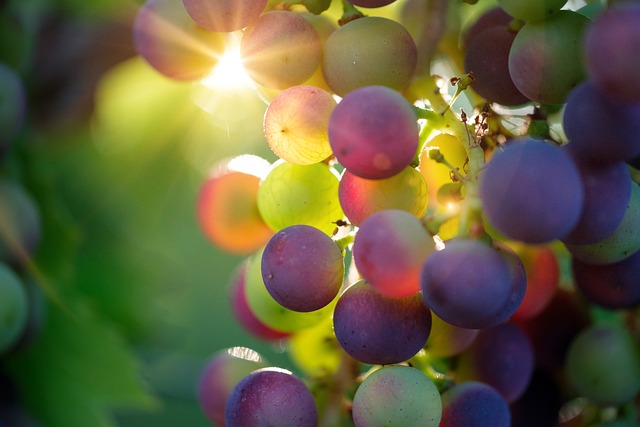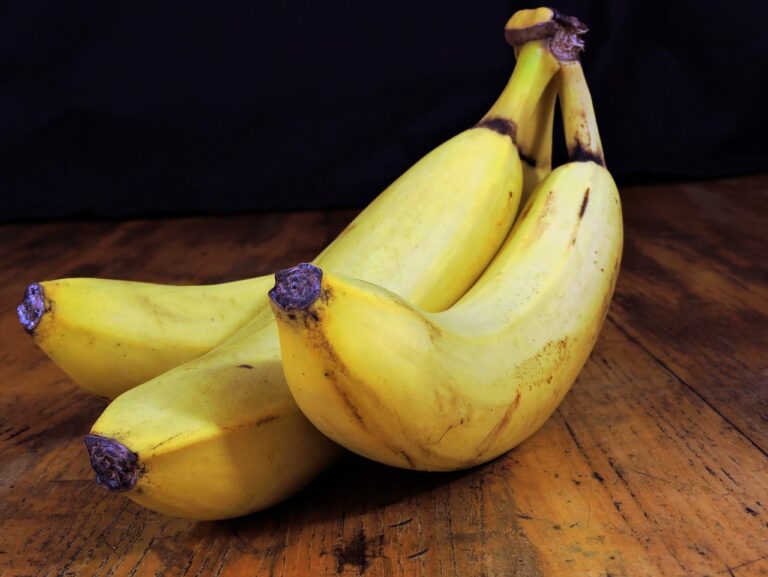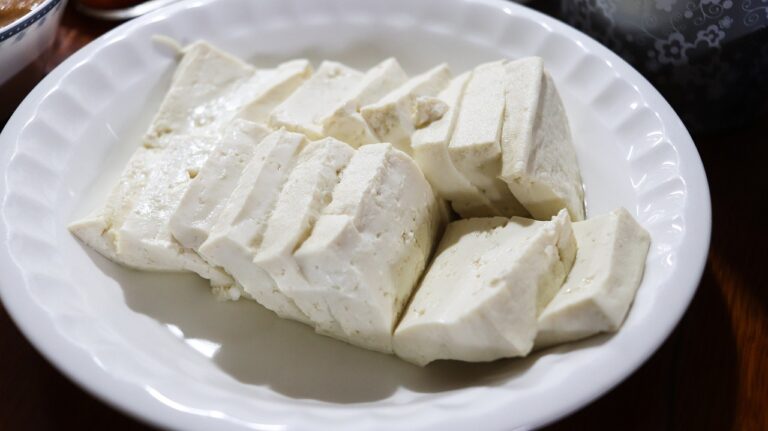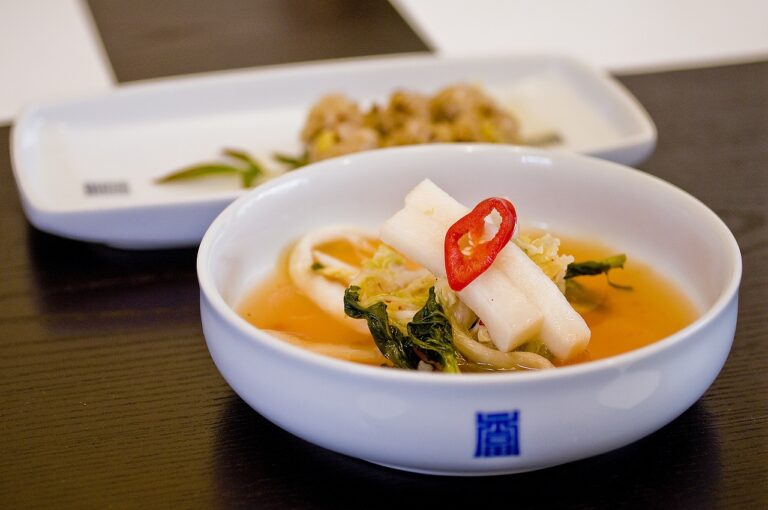The Future of Food Packaging: Innovations in Sustainable Materials and Design Solutions
Packaging plays a crucial role in preserving the quality and safety of food products. However, the excessive use of non-biodegradable materials in food packaging has led to environmental concerns. Plastics, for instance, are a major component in packaging but pose a significant challenge due to their non-biodegradable nature, resulting in pollution and harmful impacts on marine life.
Moreover, the complexity of packaging design and materials often hinders the recyclability of food packaging. Mixed materials or those with layers of different components make it challenging to separate and recycle effectively. This difficulty in recycling not only contributes to waste accumulation but also limits the efficiency of resource utilization in the packaging industry.
Growing Concerns About Environmental Impact
Food packaging has long been a crucial component of the food industry, ensuring the safety and quality of products. However, the environmental impact of conventional packaging materials has sparked growing concerns among consumers and industry stakeholders. The extensive use of plastic, in particular, has led to significant pollution of ecosystems and increased carbon emissions, contributing to the global crisis of plastic waste.
The accumulation of non-biodegradable packaging materials in landfills and oceans has raised alarms about the long-term sustainability of current food packaging practices. Consumers are increasingly calling for more eco-friendly alternatives to traditional packaging materials to reduce their environmental footprint. As awareness grows about the detrimental effects of single-use plastics and other non-recyclable materials, there is a pressing need for the food packaging industry to adopt more sustainable practices to mitigate environmental impact.
The environmental impact of conventional packaging materials has sparked growing concerns among consumers and industry stakeholders.
The extensive use of plastic has led to significant pollution of ecosystems and increased carbon emissions.
The accumulation of non-biodegradable packaging materials in landfills and oceans has raised alarms about the long-term sustainability of current food packaging practices.
Consumers are increasingly calling for more eco-friendly alternatives to traditional packaging materials to reduce their environmental footprint.
There is a pressing need for the food packaging industry to adopt more sustainable practices to mitigate environmental impact.
Shift Towards Sustainable Materials
When it comes to packaging materials, the focus is increasingly shifting towards sustainability. Brands and consumers alike are becoming more conscious of the environmental impact of traditional packaging materials such as plastic. This growing awareness has led to a surge in demand for sustainable alternatives that are biodegradable, compostable, or recyclable.
Many companies are now investing in research and development to find innovative solutions for packaging materials that are both environmentally friendly and functional. From plant-based plastics to recycled paper packaging, the market is seeing a variety of new materials being introduced to meet the demands of eco-conscious consumers. This shift towards sustainable materials not only benefits the environment but also helps brands align with consumer values and enhance their brand image.
What are some challenges in current food packaging practices?
Some challenges in current food packaging practices include the use of non-biodegradable materials, excessive use of single-use plastics, and lack of recycling options for certain packaging materials.
Why are there growing concerns about the environmental impact of food packaging?
There are growing concerns about the environmental impact of food packaging due to the increase in plastic pollution, greenhouse gas emissions from production and disposal of packaging materials, and depletion of natural resources used to create packaging.
What is the shift towards sustainable materials in food packaging?
The shift towards sustainable materials in food packaging involves using biodegradable, compostable, or recyclable materials that have a lower environmental impact compared to traditional packaging materials. This includes materials like paper, cardboard, bioplastics, and reusable containers.







